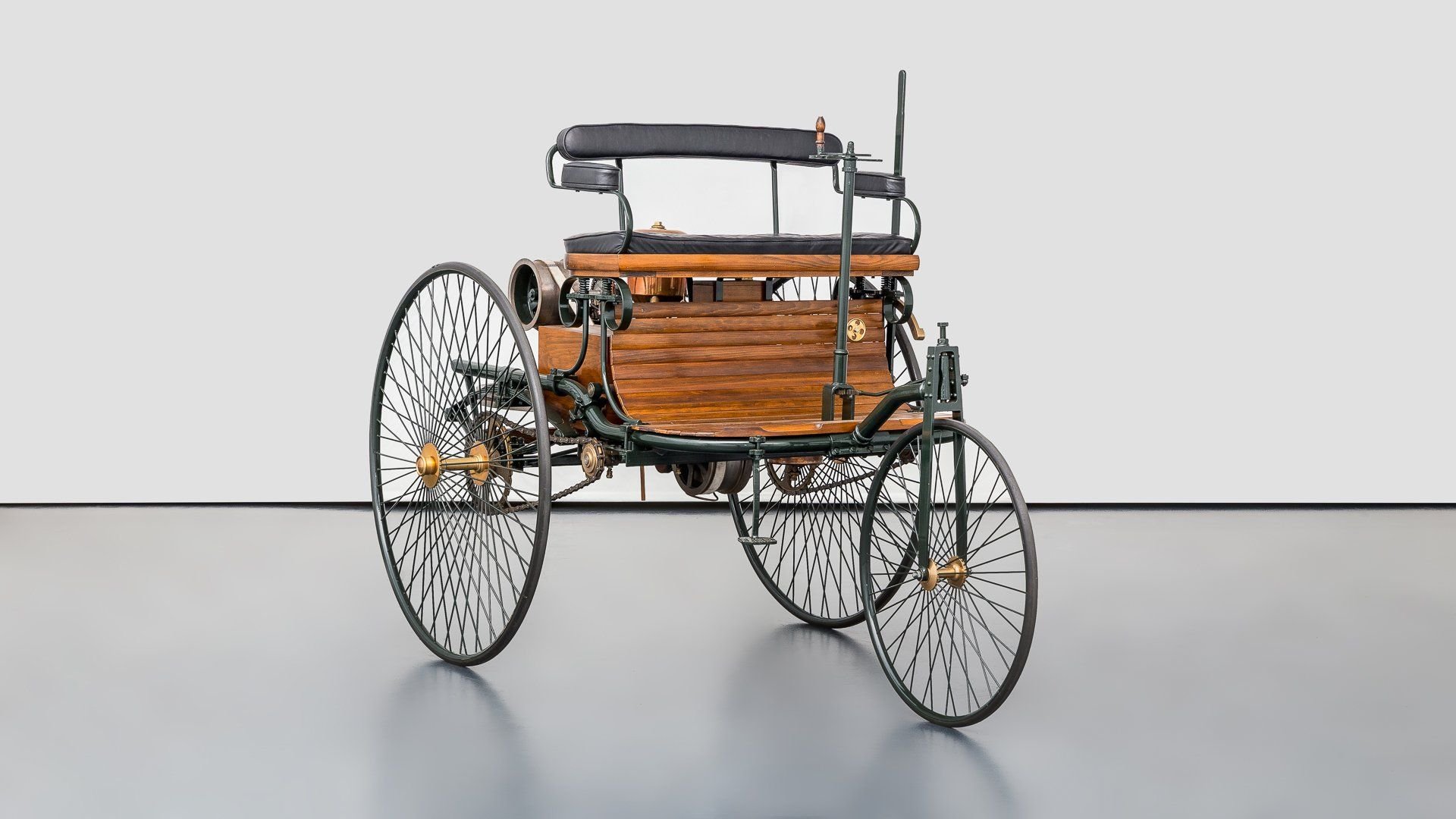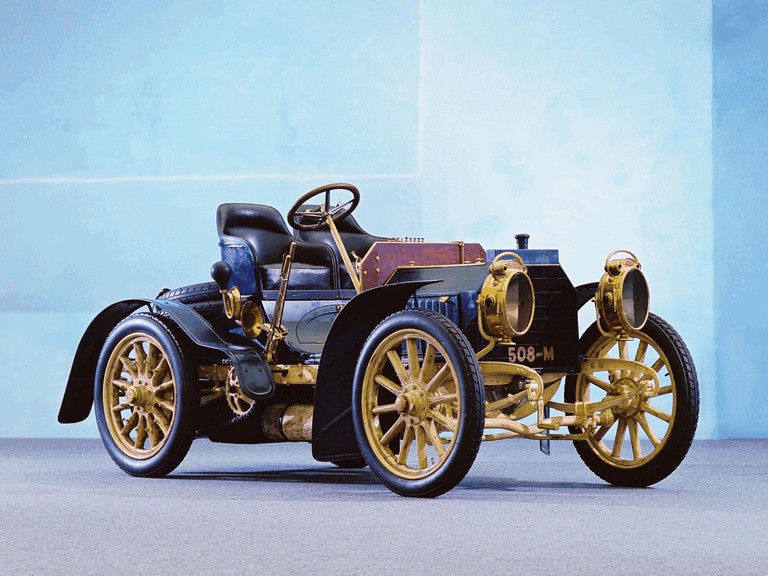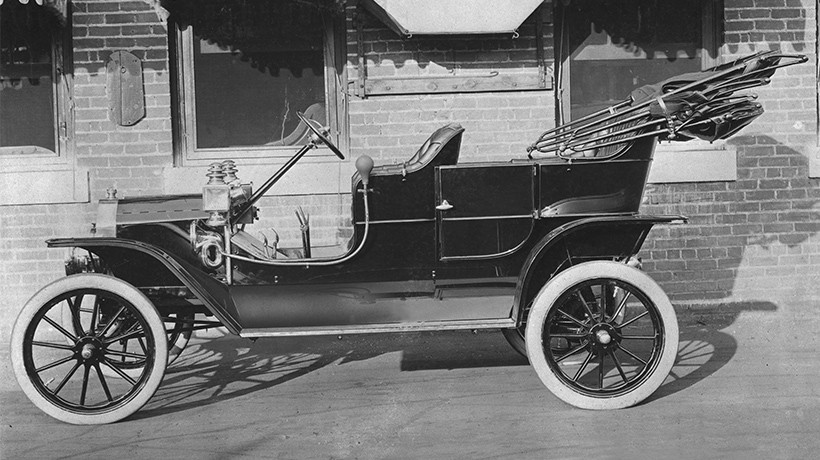
Preserving the Legacy of Internal Combustion Engines
Join us in our mission to educate, inspire, and celebrate the history and technology behind internal combustion engines.

Join us in our mission to educate, inspire, and celebrate the history and technology behind internal combustion engines.
In the year 1886, a German Engineer known as Karl Benz built the worlds first ICE car, named the "Benz Patent Moterwagen. It was powered by a single cylinder 4 stroke engine that produced a mere 2/3 horsepower. It had a top speed of 10 miles per hour."

However, the 1901 Mercedes, designed by Wilhelm Maybach, is known as the first modern car in the world. With its 35 horsepower engine and its top speed of 53 miles per hour, it was the first car that reflects the cars we have now.

Although these were all modern cars, the first car to be affordable and mass produced was the Ford Model T. It was the first car that average people could buy, costing around 850$s in 1908 (around 29,000 in today's money). By 1924, the price was dropped to 260$s, or 4795 in todays money.

ICEs, or internal combustion engines, is the most popular source of power for cars. How do they work?
The full name of ICEs are 4 stroke Internal Combustion Engine. 4 stroke means that there 4 movements of the piston between the top and bottom
Stroke 1. In this stroke, the piston starts off close to the top, then moves towards the bottom, sucking in a either a mixture of fuel and air or just air through the intake valve. This stroke is known as the intake stroke

Stroke 2. In this stroke, the valves are closed. The piston starts at the bottom, and moves up, compressing the mixture. In a gasoline engine, a spark is created before the piston reaches the top. In a diesel engine, fuel is injected into the piston. The mixture is combusted in this process. This stroke is known as the compression stroke

Stroke 3. In this stroke, the valves are also closed. The piston starts at the top, and the fuel air mixture, which was combusted, creates an extremely high pressure inside the cylinder. This pushes the piston down, driving the crankshaft. This stroke is known as the power stroke

Stroke 4. In this stroke, the exhaust valve is open. The movement of the piston from the bottom to the top causes it to push the exhaust gases out. The gases move down into the exhaust pipes and exit the car there. This stroke is known as the exhaust stroke

Ever since cars have existed, people have felt the urge to race. In 1894, shortly after the invention of gasoline, the first race was held. It was a reliability race between Paris and Rouen. However, the first true race was held in 1895, a 1178 km race between Paris and Bourdeaux. Organized car racing was first introduced into the US on Thanksgiving Day 1895.
